Decorating small spaces – an interior designer shares 10 ideas to decorate small spaces
These expert tips and ideas for decorating small spaces will make even the smallest of rooms feel perfectly proportioned

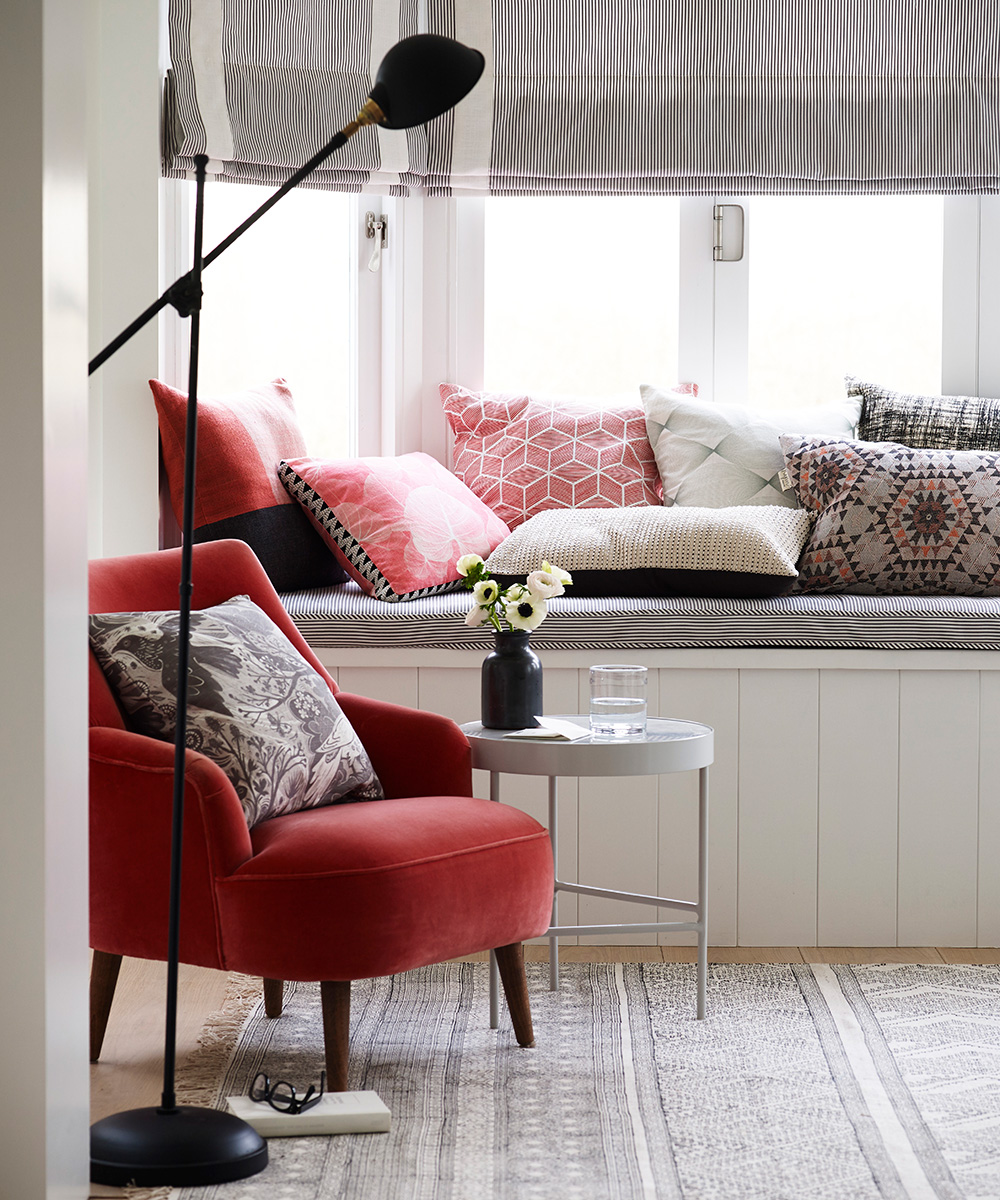
Decorating small spaces is often considered tricky. However, with the right advice and some creativity, your petite room can be beautifully decorated while also maximizing on every last inch.
Whether you are looking for small living room ideas or ways to make a compact dining room feel more spacious, any small space can be transformed into a comfortable, stylish oasis quicker than you may have thought.
Camilla Clarke, co-creative director at Albion Nord, shares her top tips and ideas to decorate small spaces.
10 ideas for decorating small spaces
Learn these tricks before you start decorating small spaces and even the most compact of rooms will feel... roomy.
1. Pick the right color scheme when decorating small spaces
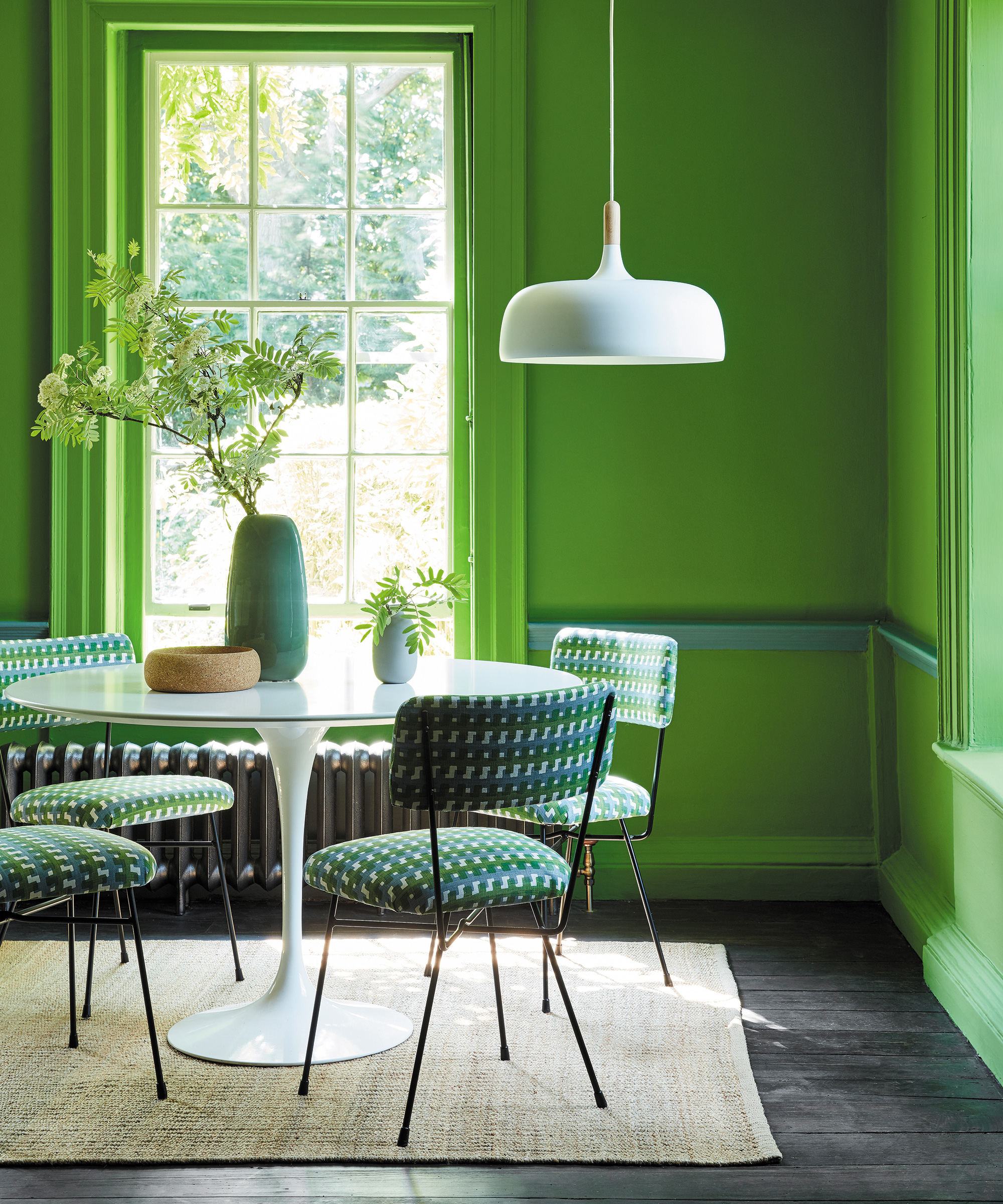
Painting a small room a block color – other than white – will help to give it purpose and character, like in this striking green small dining room.
Adding pattern can make a room feel smaller, but if you have your heart set on it, choose a fabric or wallpaper with a fine motif rather than anything too bold. Using small-scale print, such as tiny dots or a ditsy floral on curtains and soft furnishings, will help add depth to a scheme.
Colors that are found in nature – moss and leaf green mixed with pale woods – will bring the outside in and extend your room into the views through the windows.
Design expertise in your inbox – from inspiring decorating ideas and beautiful celebrity homes to practical gardening advice and shopping round-ups.
2. Embrace all the nooks
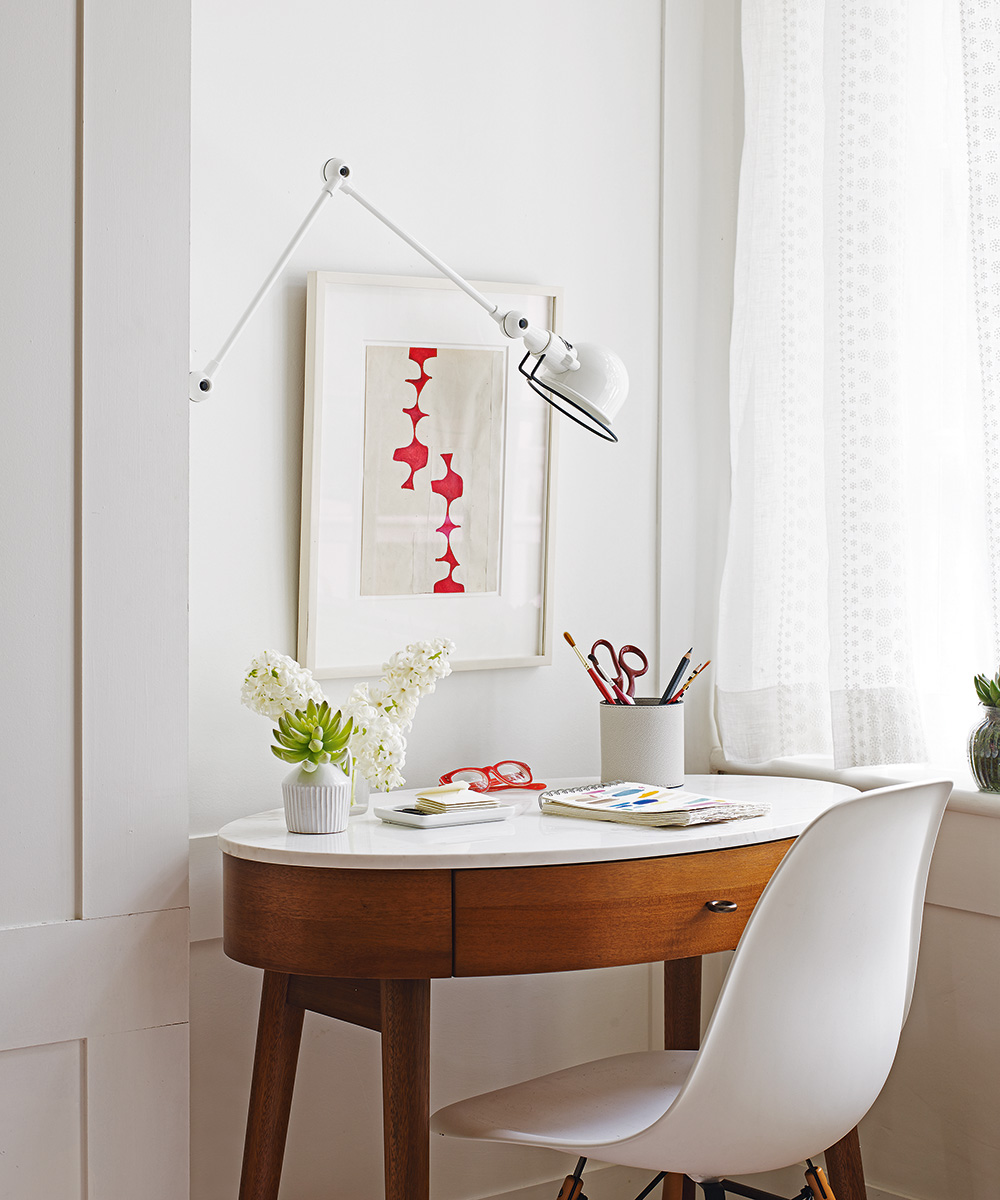
If there is a nook or niche, use it. Make awkward corners a point of interest, particularly when planning small apartment living room ideas, by adding open shelving and filling with books and accessories.
You can utilize the space further by turning it into a small home office, like the light, breezy desk space above that has been tucked into the corner of a small living room.
3. Invest in interesting furniture
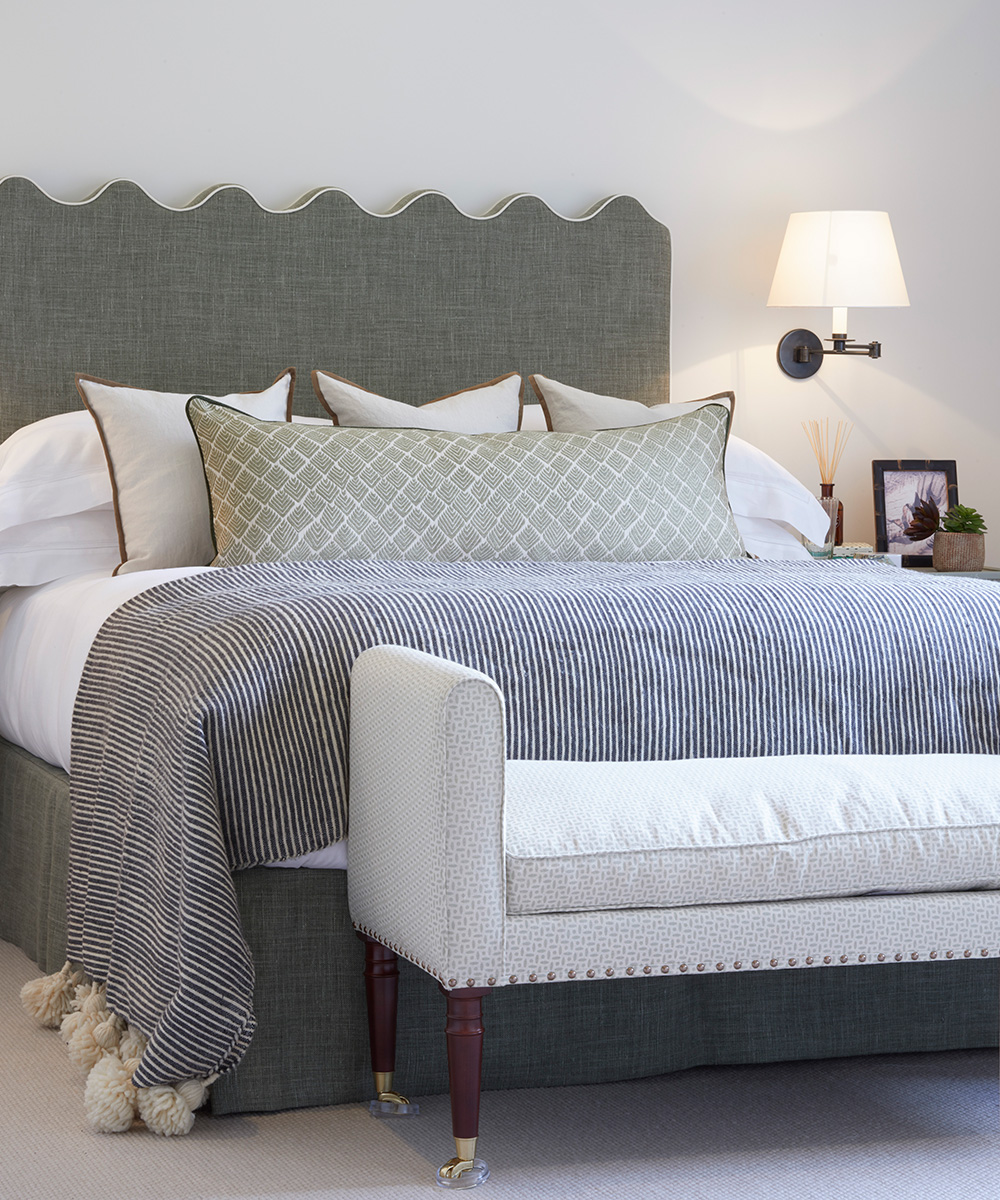
Don't be afraid to use unusual furniture pieces when decorating small spaces. For example, when putting together small bedroom ideas, a bedside table doesn't always have to be a bedside table: if you are compromised for space, use something interesting and unexpected as an alternative.
One great way to make the most of a smaller space is by using multi-functional furniture, like a chest that can be used as a coffee table, beds with concealed drawers for storage, extendable dining tables, and folding chairs that can be tucked away when you don’t need them.
Another important pointer is to place large pieces of furniture against walls so the open space in the middle of the room is not broken up.
4. Lay down carpet

When decorating small spaces, fully fit the carpet instead of using a rug. Rugs can make spaces look smaller, whereas fully fitting the carpet will draw your eye to the edges of the room.
A light color will obviously reflect more light, helping to make a small living room feel bigger. However, if yours is a busy space that gets lots of foot traffic, ensure the carpet is either easy to clean or has a fine pattern that won't look busy but can disguise marks and debris.
5. Don't compromise on furniture size
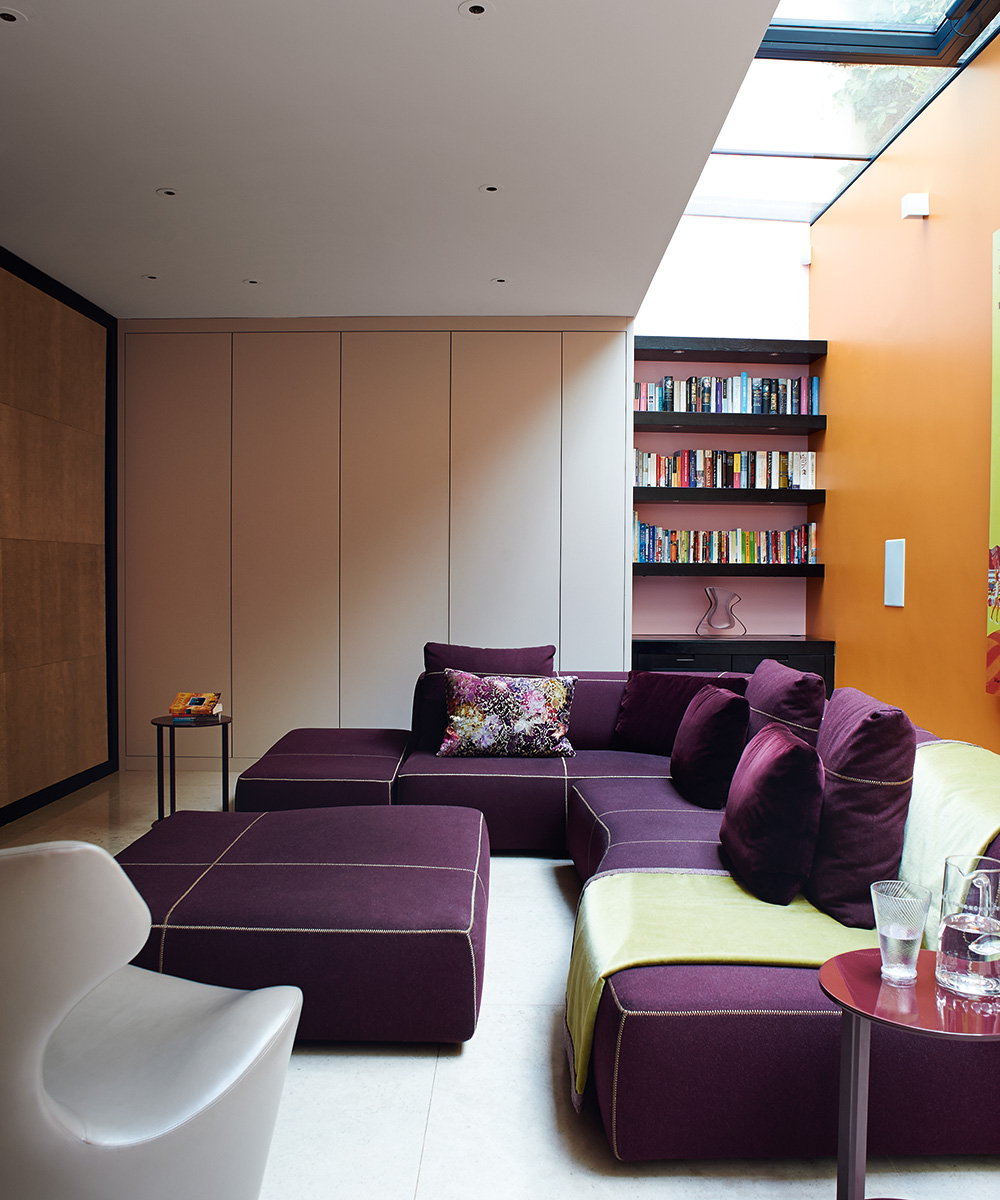
A small room doesn't mean it needs small furniture. Long living room ideas in particular can benefit from larger pieces that play with proportions, so try not to scale down the furniture: a large couch for a small living room can make the space so much more inviting.
Whatever room you are decorating, choose one large-scale piece – a huge clock, an oversized lampshade or a wall-to-ceiling mirror. By choosing carefully, these large accessories will draw attention away from the lack of space and focus the eye onto other things.
6. Use mirrors to make small spaces seem larger
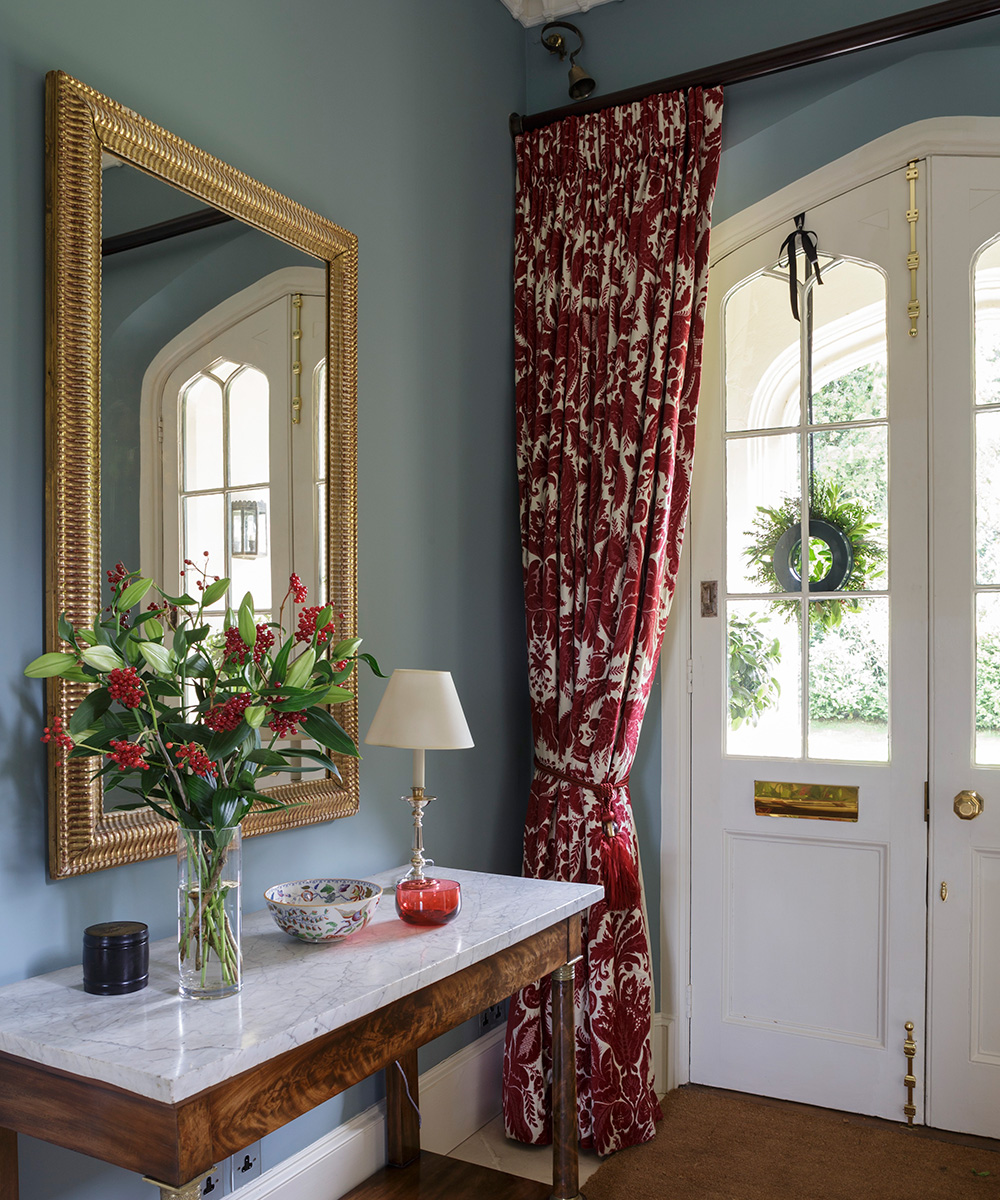
Decorating with mirrors will make any space feel bigger, as they allow natural light to bounce around the room. Hang a large mirror on a wall opposite a window, or very near one, to reflect the outdoors, broadening the feel of your room. You can also try using a focal point and angling your mirrors towards it, which will give the illusion of depth.
Mirrors reflect both natural and artificial light to make a room brighter during the day and night, so factor them into your small living room lighting ideas.
Placing mirrors on the walls and incorporating glass tabletops will make it seem like there’s a more open flow. You can also use mirrored cabinet doors to make spaces feel large and uncluttered.
7. Hang a beautiful window treatment

When decorating small spaces, frame the window with drapes and add a decorative pelmet or trim to help them become a feature.
Try sheer window treatments, or install white wooden blinds or shutters to let the natural light flow into your room during the day, while simultaneously providing nighttime privacy.
Wide horizontal slats help to magnify the illusion of a wider room, while vertical stripes, like in the scheme above, help correct the proportions of rooms that are short on height.
8. Make a small space comfortable
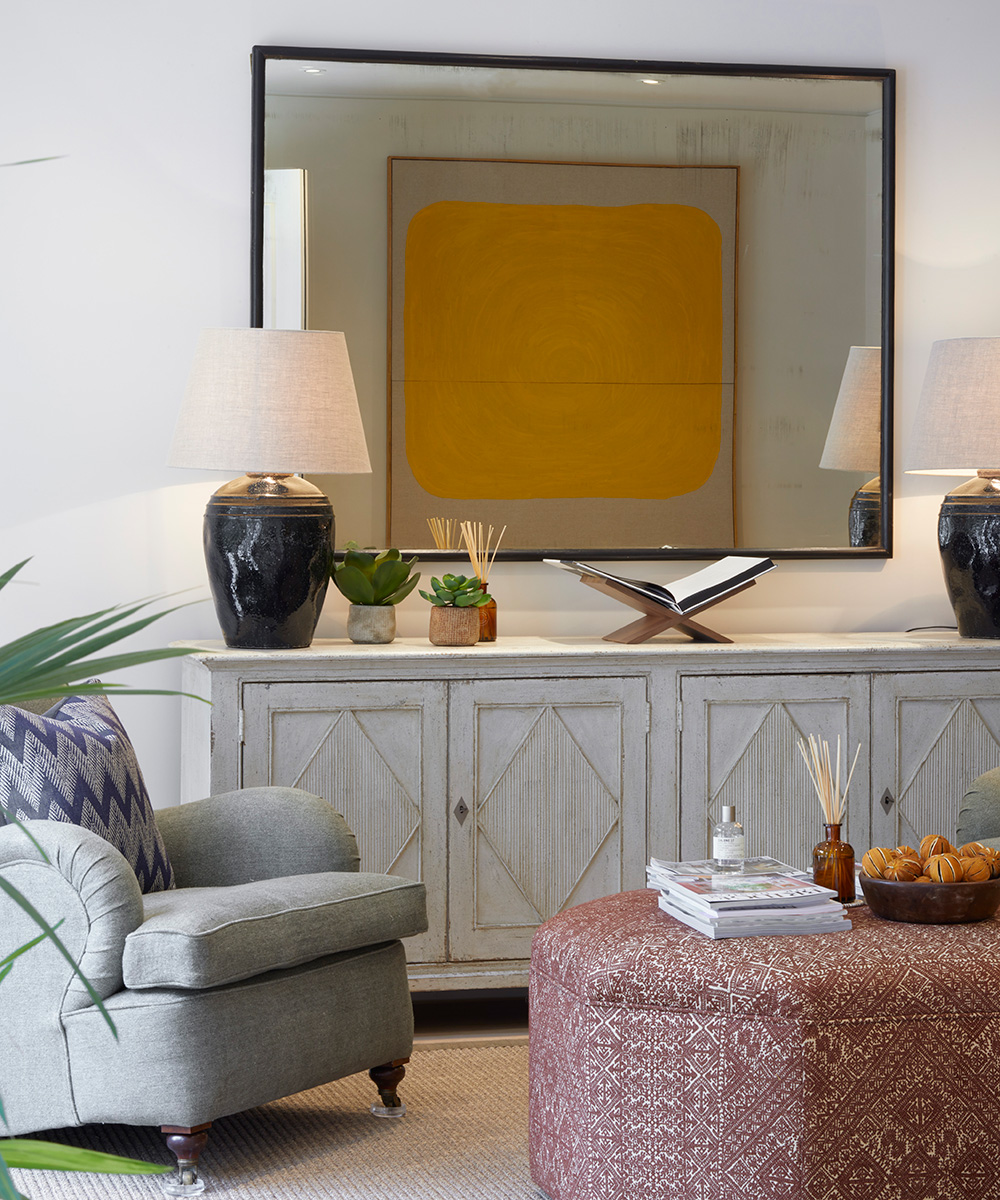
Try to use soft, upholstered pieces for maximum comfort when decorating small spaces. Choose an ottoman over a coffee table so there are no hard corners. If you're struggling for small living room storage ideas, this will also provide additional ways to hide clutter.
Try using silks and satins on upholstery and soft furnishings: this soft shimmer and shine will also add to the feeling of space.
9. Unite two small rooms with color
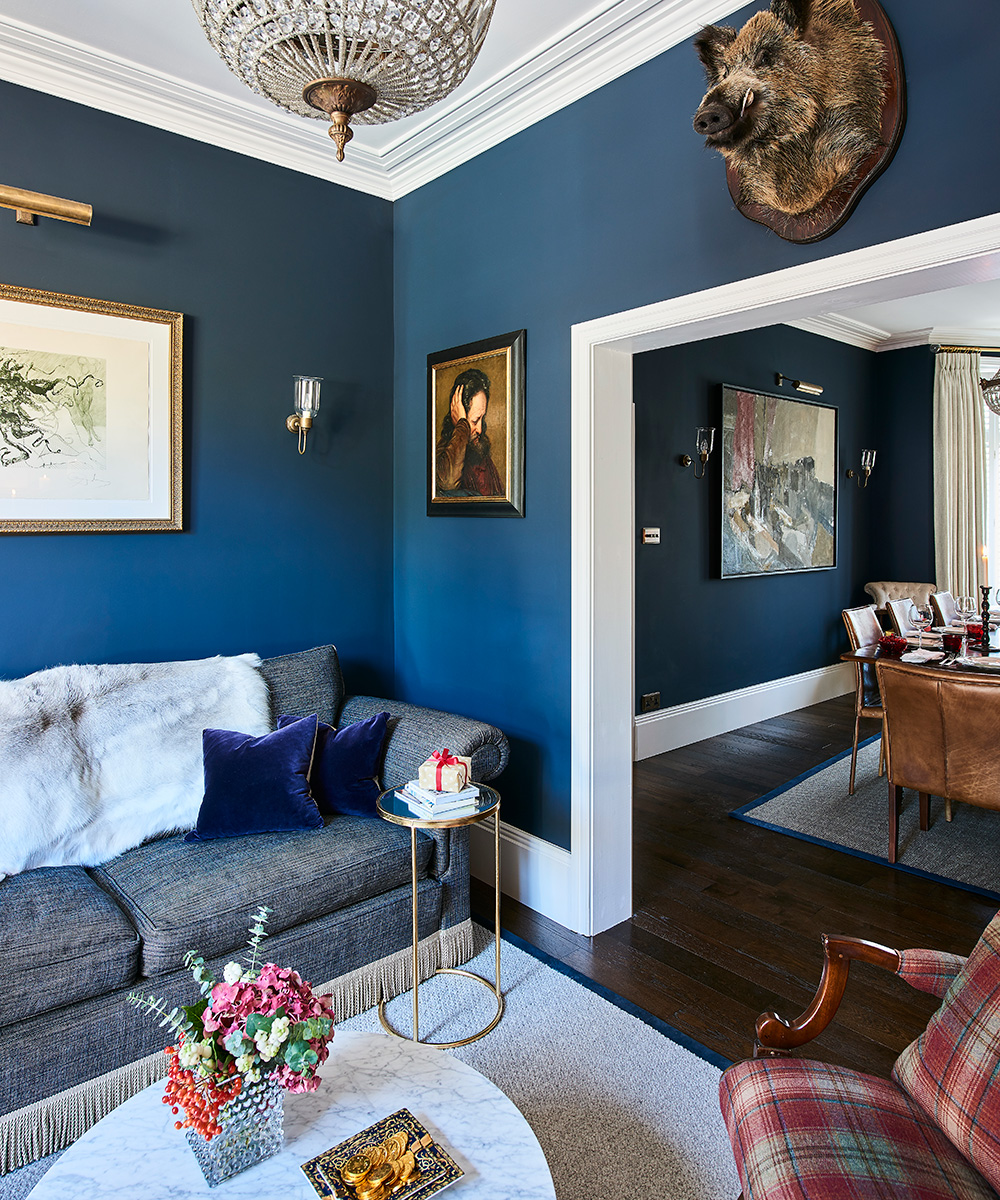
If you’ve got a long, narrow space that’s divided in two – perhaps a living room one end and a dining room the other – it might be worth picking a couple of your favorite colors and using them as key tones to coordinate the one space.
If using the same color throughout both rooms is too much for you, you could pick the same color for cushion covers in the dining room end and drapes in the living room for a living room color scheme that feels united and cosy.
Plus, try and turn your dining table so it goes against the length of the room, to help break it up – you don’t want the line of your sofa running into your dining table, too!
10. Cut the clutter in a small space
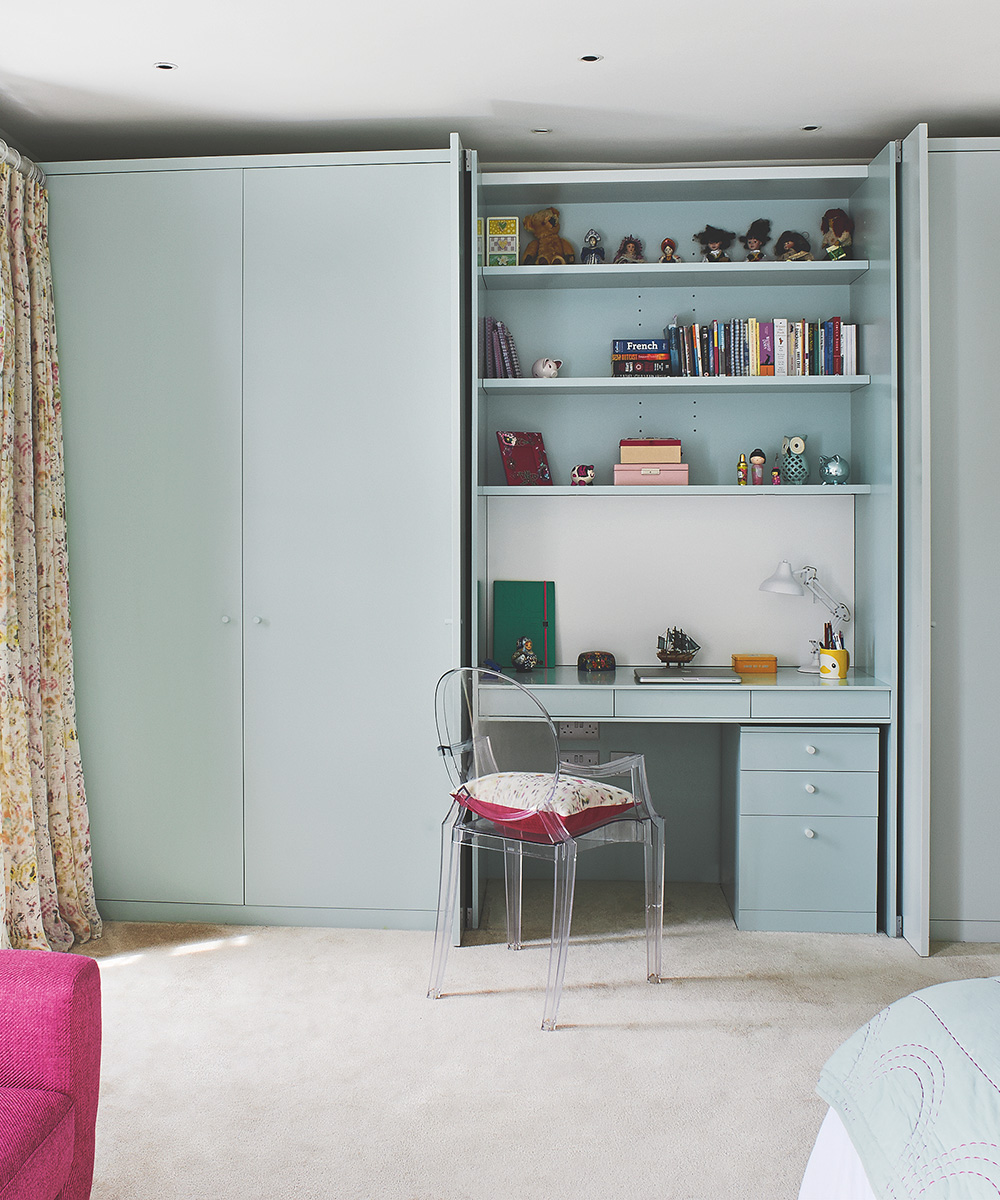
If there’s one thing that’s going to create the illusion of more space, it’s decluttering – it can actually make a room feel wider in seconds. Make sure you keep your room tidy and organised by removing toys, plants, knickknacks and other unnecessary items, and your space will instantly feel bigger and more pleasant to be in.
With accessories and essentials neatly arranged and out of sight, the space will soon feel orderly and open – a room that's crammed full of stuff feels disorderly, busy and small.
Try and keep the floor as clear as possible, too, as it’s one of the easiest ways to maintain a sense of spaciousness – so remove any oversized rugs.
Thanks to Albion Nord for their help with this feature.

Jennifer is the Digital Editor at Homes & Gardens, bringing years of interiors experience across the US and UK. She has worked with leading publications, blending expertise in PR, marketing, social media, commercial strategy, and e-commerce. Jennifer has covered every corner of the home – curating projects from top interior designers, sourcing celebrity properties, reviewing appliances, and delivering timely news. Now, she channels her digital skills into shaping the world’s leading interiors website.